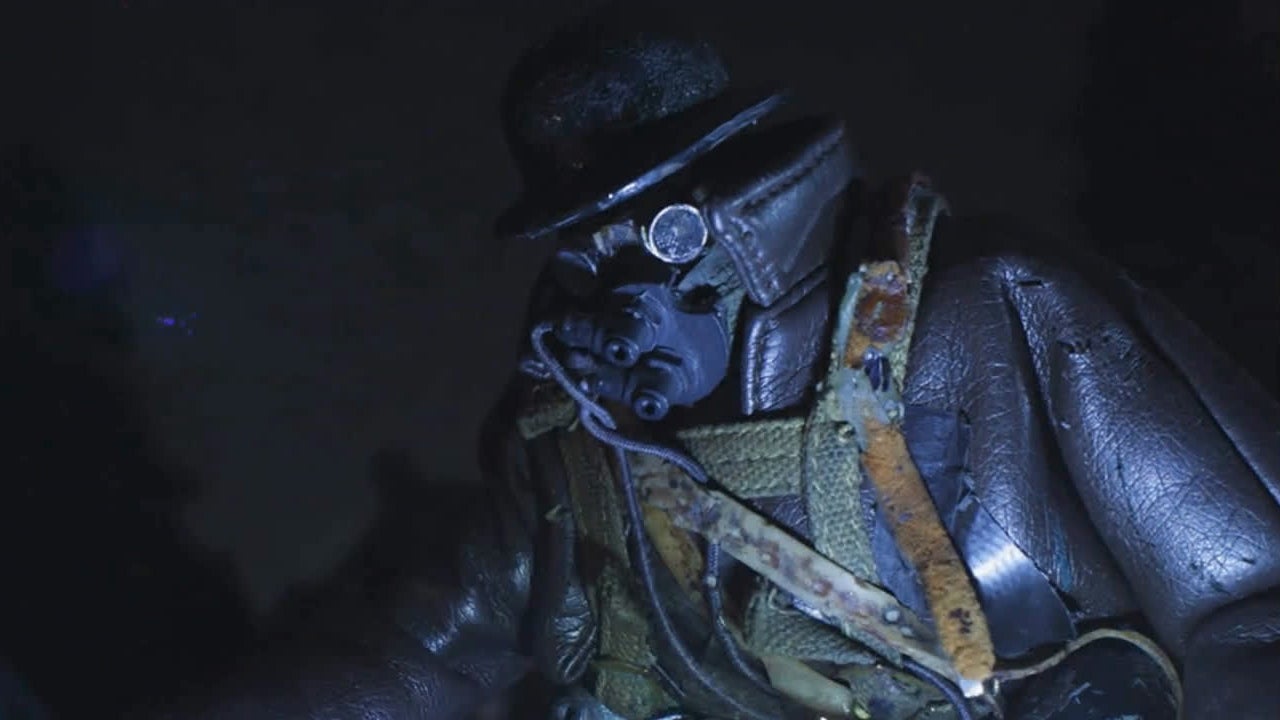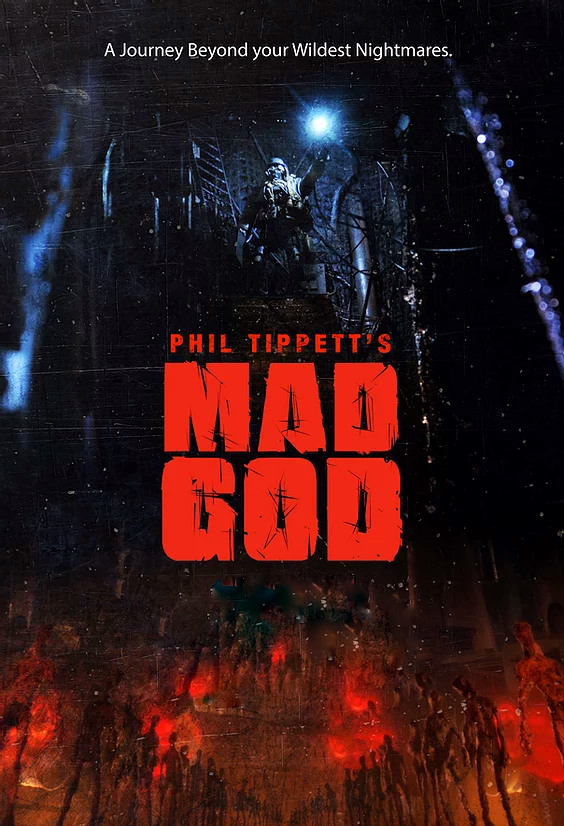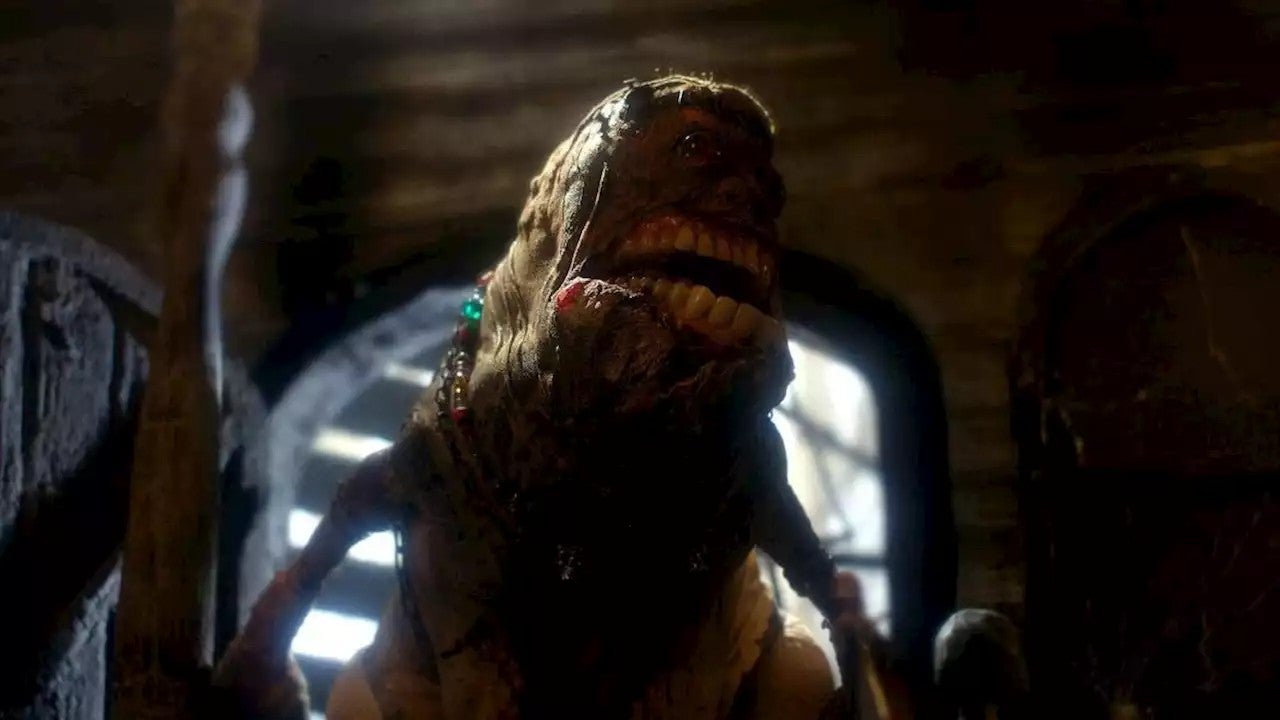
There aren’t many people who can say they have taken thirty years to complete a project. At the current rate, George R.R. Martin might be able to when he finally finishes the Winds of Winter, but in the entertainment, industry time is usually of the essence. Cinematic trends will come and go and so will the special effects that are used. Usually, the biggest things that can date a film are the special effects. CGI seems to advance in sophistication by the minute, but practical effects have remained relatively steady since the late ’80s. There are much more efficient ways of layering prosthetics onto an actor, but the foundation of the process remains the same. There are other types of special effects, such as stop motion animation, that have become almost extinct, save for a few studios that work only with that type of effect. You can argue that Harryhausen made stop motion famous, but Phil Tippet made it more accessible as he took the core techniques that Harryhausen used, but blended them with more advanced technology to further the art form. Unfortunately, as CGI became more sophisticated and cost-effective, stop motion fell mostly by the wayside.

Way back in 1990, Tippet was working on Robocop 2 and started a side project that would later become Mad God. After CG effects were chosen over his stop motion work for Jurassic Park, Tippet ended up shelving the project for almost twenty years. Tippet’s career certainly wasn’t over, but his work in stop motion had almost completely dried up. It wasn’t until some members of his team started suggesting that he pick up his Mad God idea again. Aided by a successful Kickstarter campaign and a handful of volunteers on the weekends, Tippet started filming his lifelong stop-motion project once more. Now that you’ve got the backstory to this epic project, what kind of film will thirty years get you? Well… the answer is complicated.
The foundation of every great film is a great story and you can have all the talent in the world working on a project, but if the foundation isn’t there the project will never live up to its full potential. Sadly, I feel that is the case with Mad God. The basic premise of the film is that “The Assassin” is sent in a diving bell into a ruined world to explore the bizarre hellscape. I know, I just summarized an hour and twenty-minute film into one sentence, and that is a biggest part of the problem with Mad God as a whole. There just isn’t really a cohesive story. Much of the “plot” of the film is just isolated incidents that are metaphors for problems that Tippet sees in the real world. While the film is a technological marvel, the lack of any real narrative just leaves it coming up short for me.
.
However, where it fails in the story, it excels with technical excellence. From the opening scene, there is no doubt that Mad God was created by an absolute master of the art form. Every single shot in this film is executed with precision and creativity and I have no doubt that what we see is truly Tippet’s vision realized. Thanks to the use of the Go Motion technology that Tippet co-created, all of the character movements in the film are extremely fluid and at times you forget that what you are seeing is actually models that are being moved at least twenty-four times for each second that is shot. While I harp on the movie for not having a cohesive story, I have to cut it some slack because I’m not sure that it was ever going to. Phil Tippet has over seventy film credits to his name, but the bulk of those are for special effects. The guy is an absolute artist. It shows in all of his work, but he isn’t a screenwriter and to expect him to be is not realistic. I think that with a proper screenwriter, Mad God could have been an absolute masterpiece on every level, but then that wouldn’t have been Tippet’s vision. Ultimately, I just have to accept it for what it is.

Aside from the beautiful stop-motion work, what really stood out to me was the character/creature design. While the main “Assassin” heavily resembled the Miner from My Bloody Valentine, the majority of the creatures in the film felt like they were created directly from Tippet’s nightmares, and the attention to detail on all of these models made me believe that they could really exist somewhere. It’s that attention to detail that gave Tippet such a long and successful career, and whether Mad God has a real story or not (and it doesn’t), it does warm my cold dead heart a bit that he was able to complete this project. It definitely appears to be made purely out of passion.
I won’t lie, Mad God is straight-up weird at times. Like, screaming baby worm things getting ground into liquid and then shot into space weird. For a good portion of the film, I found myself mostly staring in awe at the incredible models, but also saying “What the f***” at least twenty times. There’s a monster thing that has what resembles human teeth and frankly, I still can’t get the image out of my head, but I also couldn’t stop watching. Mad God is the type of film that I would recommend to someone that I feel would really appreciate the stop motion and models, but for anyone else, it would be a pretty hard sell. As much as it hurts me to say, Mad God is a technical masterpiece, but just not a very good movie.

Mad God was screened as part of Nightstream 2021.

More Festival Coverage
Anya, an aspiring yoga influencer, decides to take on her grandmother’s regime for ‘good health’ after finding her notes in a secret room of her house where she is currently… Good Boy is a 2022 Norwegian horror thriller, written and directed by Viljar Bøe. This isn’t the first time behind the camera for Viljar, having written and directed the mystery… The Maid takes place in a sumptuous mansion, where Joy is the most recent maid in a high-turnover position. Upon her first introduction, she learns the rules of the house,… Have you ever had a heart-to-heart with a bartender? I’ve often heard peers joke about how bartenders are basically therapists with a license to sell alcohol, and although I haven’t… New Religion is a 2022 Japanese surrealist horror, written and directed by Keishi Kondo in his feature-length debut. Kenshi is also known as the writer/director/cinematographer behind the drama short See… Traumatised from witnessing the horrific death of her parents, Sara attempts to take her own life. Waking up in the aftermath of this, she cannot remember anything and does her…Mind Body Spirit (2023) Film Review – Demonic Yoga [Unnamed Footage Festival 7]
Good Boy (2022) Film Review – Man’s Best Friend [FrightFest]
The Maid (2021) Film Review – Thai Horror at FrightFest
Reunion (2021) Film Review – A Cyberpunk Arthouse Drama in the Age of Loneliness
New Religion (2022) Film Review – The Degradation of Society
The Free Fall (2021) Film Review – Dreams, Gaslighting, or Something Sinister?
![Mind Body Spirit (2023) Film Review – Demonic Yoga [Unnamed Footage Festival 7]](https://www.grimoireofhorror.com/wp-content/uploads/2024/03/Mind-Body-Spirit-2024-cover-Fixed-365x180.jpg)
![Good Boy (2022) Film Review – Man’s Best Friend [FrightFest]](https://www.grimoireofhorror.com/wp-content/uploads/2023/08/Good-Boy10-365x180.jpg)



